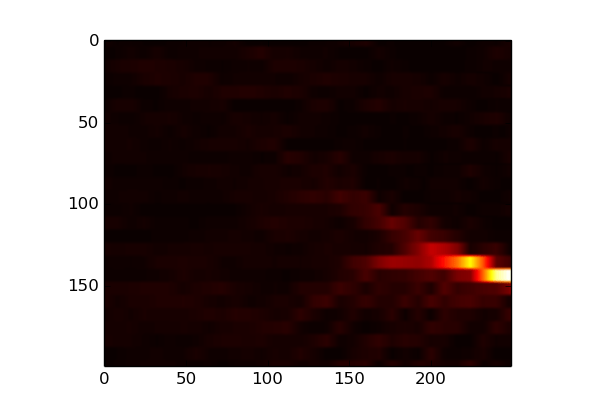Featured
Numpy Unravel_Index Example
Numpy Unravel_Index Example. Name_of_variable = package_name.array ( [val1, vale2, val3.]) These indices should have been [ (3, 4), (6, 5), (6,1)] if the array is not flattened.

X = index / ncols # (integer division in pytorch tensors is just `/` not `//`) y = index % ncols. The return values of the unravel_index function tell you what should have been the indices of [22, 41, 37] if the array is not flattened. To find the index position of the minimum and maximum values in the numpy array, we can use the numpy where () function:
The General Formula For This Is:
Here are the examples of the python api numpy.unravel_index taken from open source projects. An integer array whose elements are indices into the flattened version of an array of dimensions dims. You can vote up the ones you like or vote down the ones you don't like, and go to the original project or source file by following the links above each example.
Name_Of_Variable = Package_Name.array ( [Val1, Vale2, Val3.])
An integer array whose elements are indices into the flattened version of an array of dimensions shape.before version 1.6.0, this function accepted just one index value. Renamed from dims to shape. Afaik unravel_index is basically converting a 1d index into its corresponding 2d version.
Numpy.ravel_Multi_Index(Multi_Index, Dims, Mode='Raise', Order='C') ¶.
#find index position of minimum value np.where(x == min_val) (array ( [3]),) #find index position of maximum value np.where(x == max_val) (array ( [9]),) from the output we can see: The following simple example shows how to use numpy.unravel_index: In order to use this package, install the numpy by using the below command also;
You Can Use Ravel() To Obtain A 1D View Of The Array Without Copying, And Use “Ravel_Multi_Index()” To Translate The Indices Into 1D.
Before version 1.6.0, this function accepted just one index value. >>> np.unravel_index([22, 41, 37], (7,6)) (array([3, 6, 6]), array([4, 5, 1])) The shape of the array to use for unraveling indices.
Unravel_Index (Indices, Dims, Order = 'C') [Source] ¶ Converts Array Of Flat Indices Into A Tuple Of Coordinate Arrays.
Calculate the index of another box at offset w.r.t. [tuple of ints] the shape of array into which the indices from multi_index apply. Continuing the discussion from how to do a unravel_index in pytorch just like in numpy:
Popular Posts
True Or False Lsd Is An Example Of A Hallucinogen
- Get link
- X
- Other Apps
Comments
Post a Comment